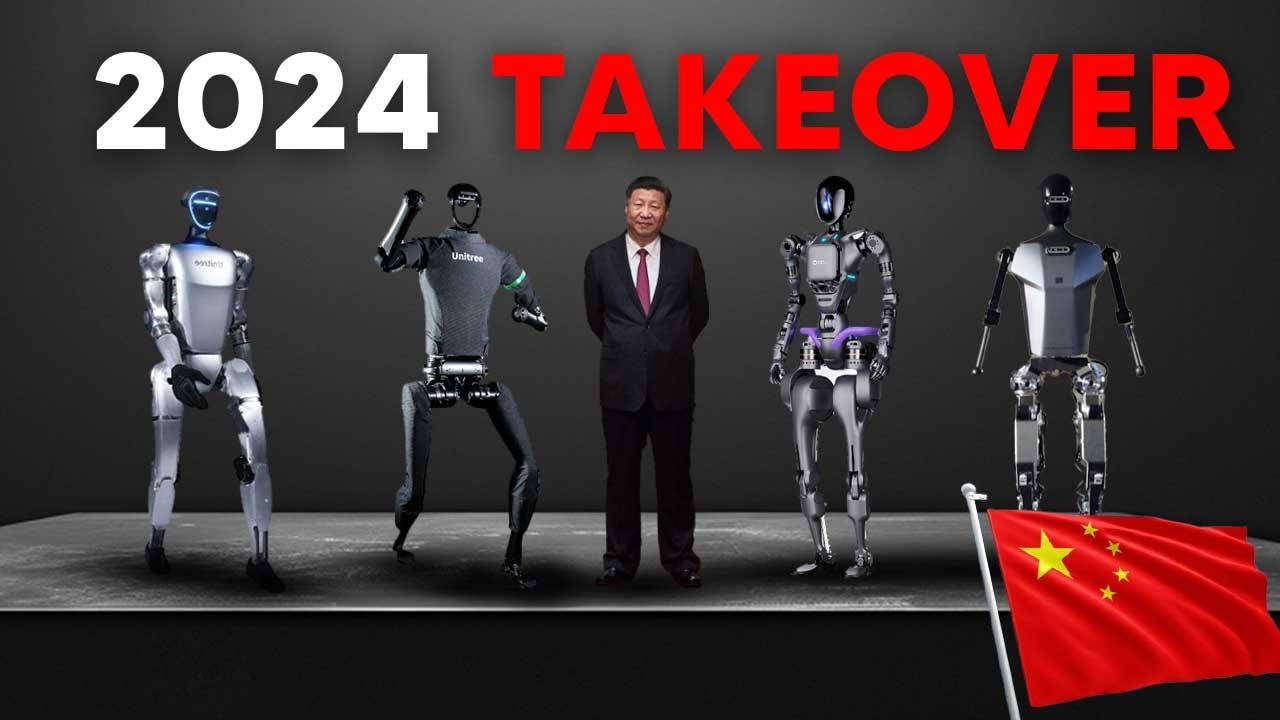The video “China’s AI Takeover: Get Ready For A Surprise” highlights China’s rapid advancements in artificial intelligence (AI) and robotics, showcasing achievements such as the Vidu text-to-video model and the Sense Chat Version 5 text model that outperform benchmarks set by leading models. China’s progress in creating large language models and developing technologically advanced yet affordable humanoid robots positions the country as a strong competitor to the US in AI and robotics, potentially challenging the current dominance in these fields.
In the video “China’s AI Takeover: Get Ready For A Surprise,” the narrator discusses the advancements China has made in artificial intelligence (AI) and robotics, highlighting their progress in various areas. One notable achievement is China’s text-to-video model called Vidu, which can generate high-quality videos comparable to state-of-the-art models like Sora. This showcases China’s rapid advancement in AI technology, with the potential to surpass current US capabilities.
Another significant development is China’s text model, Sense Chat Version 5, which outperforms benchmarks set by models like GPT-4 Turbo in various areas, demonstrating China’s competitiveness in the AI field. The video compares Sense Chat Version 5 to other models and highlights its impressive performance in reasoning tasks and benchmarks, indicating China’s growing strength in AI technologies.
Furthermore, the video mentions China’s success in creating large language models with companies like 01, which have produced models like Ye Large with over 100 billion parameters. These models have been reported to surpass benchmarks set by GPT-4 in reasoning tasks, showcasing China’s ability to innovate and compete with leading AI models globally.
In addition to AI advancements, the video discusses China’s progress in robotics, such as the Unit 3 G1 humanoid robot, which is not only technologically advanced but also affordable at $116,000. China’s infrastructure supports the development of humanoid robots, positioning the country as a potential leader in robotics manufacturing in the future.
Overall, the video emphasizes how China’s rapid advancements in AI and robotics pose a significant challenge to the US’s current dominance in these fields. While the narrator acknowledges the US’s leading position, they also suggest that China’s strategic plans for 2027 and their focus on mass production could lead to a shift in the balance of power in AI and robotics, indicating a competitive race between the two nations.
